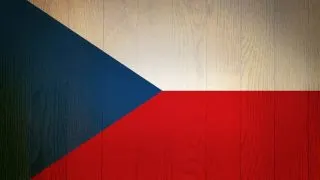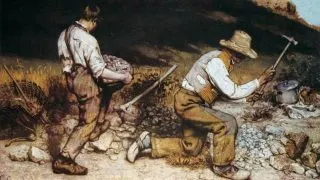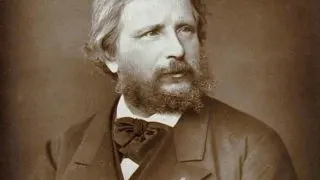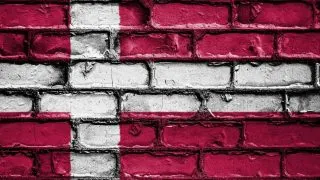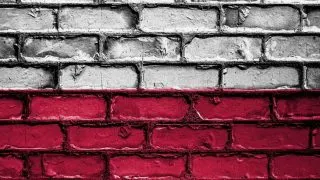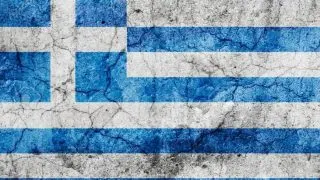Art has been produced in the region that makes up the modern-day Czech Republic in Central Europe for thousands of years. The so-called “Venus of Dolní Věstonice” is a pottery artwork of a nude female figure that has been dated to between 29,000 and 25,000 B.C. which is quite astonishing. Celtic Art was replaced by …
Renita Shelley
Art in Portugal very much developed the same as art in Spain as it was influenced by Italian artists and French artists since the Middle Ages. The Portuguese Renaissance emerged in the 15th century and court painters of the Kings of Portugal were appointed. What’s remarkable is that Flemish artists also had a major influence …
Trying to represent subject matter in art as truthfully as possible in the visual arts has been done by Realism artists since the Renaissance. This, in turn, had its roots in classical antiquity. Realism art also refers to an art movement that emerged as a reaction to Romantic art in the mid-19th century and which …
One of the greatest Neoclassical painters of the 19th century lived long enough to see the transition to modern art, and he probably didn’t like it. William-Adolphe Bouguereau (1825-1905) was a French painter who was keen on upkeeping the traditional artistic values in France. He received many honors for his work in the process. He …
Although the name of this renowned Symbolist artist sounds English, he was born and raised in Belgium and spent his entire career in his home country. James Ensor (1860-1949) was a revolutionary artist in the late 19th century and an important figure in the transition to modern art. What made him so famous and why …
The history of art in Denmark goes back thousands of years as Danish artists have produced art since at least the 2nd Millennium B.C. A Nordic Bronze Age artifact known as the Trundholm sun chariot was discovered in 1902 and is one of the major attractions at the National Museum of Denmark in Copenhagen. Like …
The 18th century was marked by a drastic turn from Rococo art to Neoclassical art. These two art movements were opposites as one focused on curving frivolity while the other emphasized geometric harmony. Another art movement emerged in the late 18th century called Romanticism and in this article, we’ll take a closer look at its …
Because Poland is a large country in Central Europe, it has been influenced by a large number of European art movements over the centuries. Art that was distinctively Polish in nature was established in the 19th century with a remarkable mix of folklore, history, and realism. Realism and history painting, especially the Kraków school, remained …
The modern-day Greek state was established in 1821 after many centuries of Ottoman Rule. This declaration was followed by a bloody Greek War of Independence (1821-1829). The horrific tragedies that occurred during this period in the 1820s became the source of inspiration for renowned Romantic artists such as Eugène Delacroix (1798-1863). His most famous paintings …
The country of Sweden has a history that goes back to the early 12th century. Art in this part of Northern Europe has been produced for much longer. Stone Age inscriptions and drawings have been found all around the country and started to be produced in about 7000 B.C. Before the country was established between …

